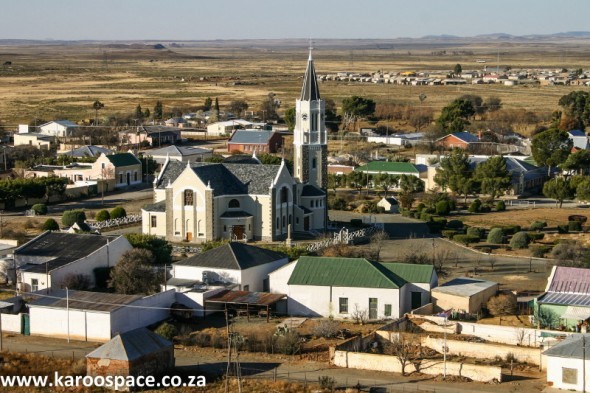
KAROO DIARY: Those Magnificent Mother Churches
I’m a presently-lapsed Anglican boy who once attended a Dutch Reformed church service, somewhere in a dusky Mpumalanga coal town, just so I could sit next to a certain farmer’s daughter. I was almost charged with Attemped Kerfuffling! And I never saw that girl again. But now that I’ve begun my middle-aged meanderings through the vast […]

I’m a presently-lapsed Anglican boy who once attended a Dutch Reformed church service, somewhere in a dusky Mpumalanga coal town, just so I could sit next to a certain farmer’s daughter.
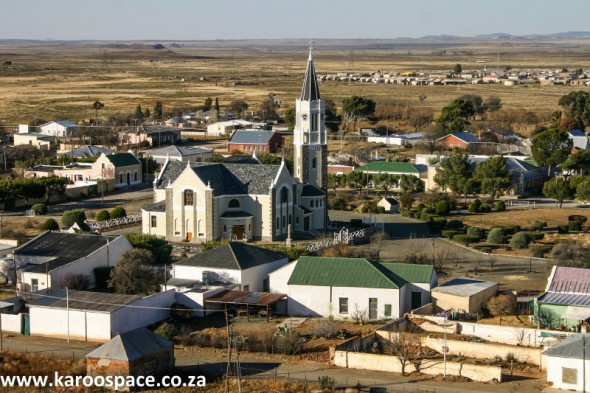
I was almost charged with Attemped Kerfuffling! And I never saw that girl again.
But now that I’ve begun my middle-aged meanderings through the vast Karoo, I’ve developed a keen eye and a deep appreciation for the exterior aesthetics of a DR Moederkerk.
You can’t mistake them. They’re the ones – mostly built in the 1800s – that look like impregnable sandstone fortresses all dollied up with follies, buttresses and beautifully carved wooden doors. And they mostly come with fascinating back-stories.

Here in my home town of Cradock, I go walking just as the morning sun hits the steepletop of the Moederkerk.
I like to call it the Taj Mahal of the Karoo, because it was built out of love and it was built to last.
The Karoo legend of the Cradock Moederkerk is that the dominee’s wife was English and pining for her home country.
This allegedly influenced the church leaders and architects to choose the classic design of St Martin in the Fields, first designed by James Gibbs and completed in London’s Trafalgar Square in 1724.
When you drive into the Great Karoo centre of Graaff-Reinet, the Victorian Gothic Grootkerk looms – like its sister in Cradock – over all.
A local farmer donated all the stone for this marvellous church – he even cut and prepared the segments himself.
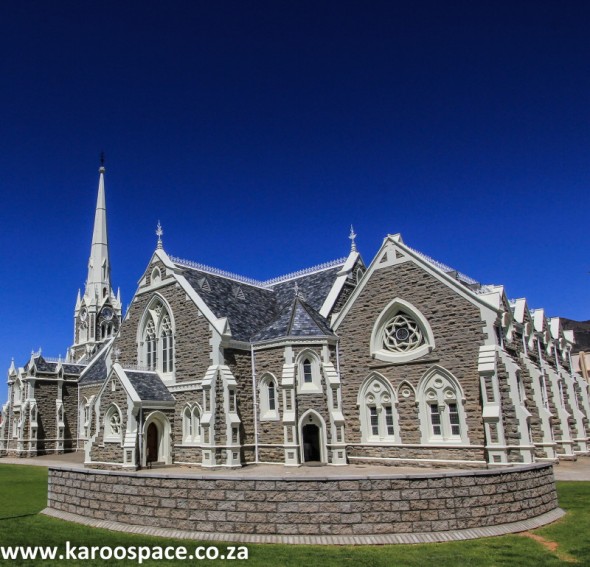
In the dusty little ville of Rietbron you’ll find the only church steeple in the country that sports a springbokkie.
Normally, as you know, there’s a rooster on top.
The kerk in Koffiefontein up on the Horizon Route boasts a fish – because a long-gone dominee was a keen angler. But mostly, it’s roosters.
Up in Hanover on the N1, it’s obligatory to climb to the top of the Trappieskoppie if you seriously want to witness the Karoo in all its vastness.
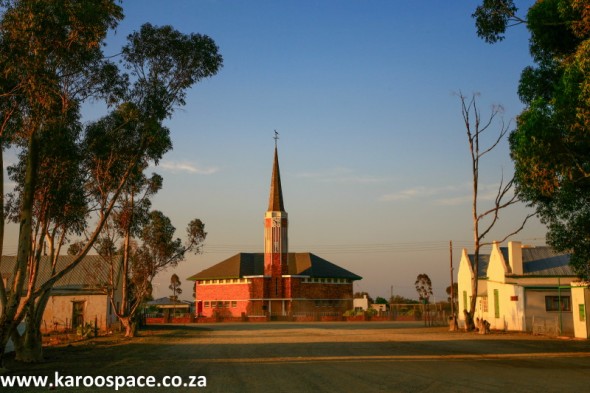
Lower your gaze to the town and you’ll see the fine old DR church, where three young Boers were buried after being executed by a British firing squad during the Anglo-Boer War, after they allegedly sabotaged a train.
The Hanover mother church was lit by the power of sheep dung methane for the first part of its existence!
One of the things I love about the Karoo is that most of the church clocks keep time.
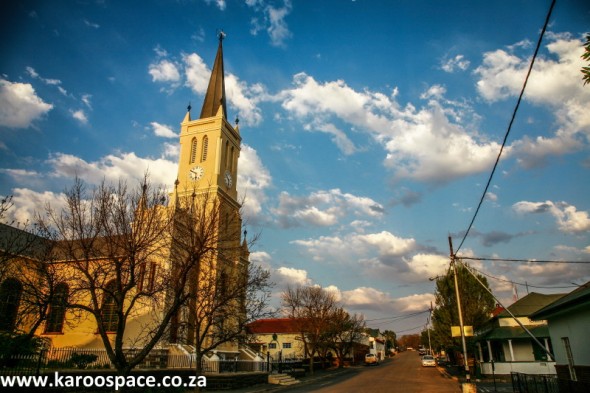
In Richmond’s case it’s all thanks to one Ockert Botha, former Blue Train driver and repairman of note.
A lady from the local old age home begged him to fix the clock chimes because she could not sleep without them. And so he did.
“I went up there and found the gears just needed some oiling,” he once told me. “And I had to fix the hammer that strikes the bell.”
Ouma Eileen was so chuffed she offered him R20 just before she died, which was 22 days short of her 100th birthday.
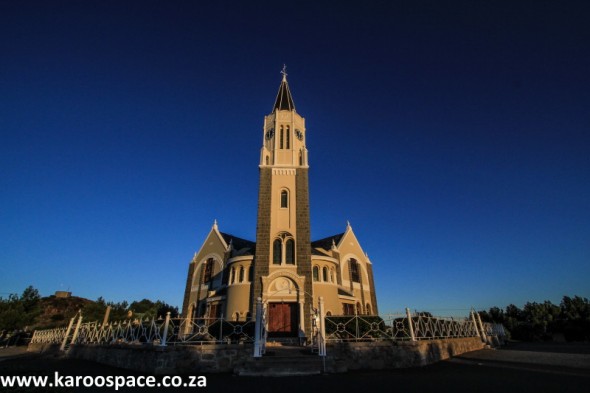
Story and Pix by Chris Marais